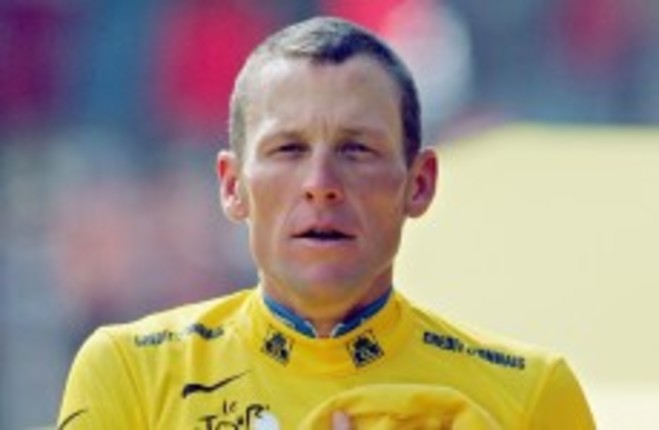
- Australia's largest state hits record-high COVID-19 cases despite weeks of strict lockdown. 'It's a tinderbox ready to explode,' one official said.
- eToro says crypto made up 73% of trading commissions in the last quarter, as retail customers dived in
- A flight attendant says she was too exhausted to report a passenger who shoved her when a flight was overbooked: report
- US jobless claims climb for first time in 5 weeks, to 353,000
THE 202-PAGE report on the Lance Armstrong doping scandal that the US Anti-Doping Agency dropped yesterday is damning.
It makes the case that Armstrong used performance-enhancing drugs to in every major event he has ever competed in.
More damningly, it paints Armstrong as the driving force behind a sophisticated, worldwide doping ring involving riders, coaches, and trainers.
At this point, there is only one argument left for Armstrong to make: everyone was doing it. Specifically, 20 of 21 top-3 finishers from 1999 to 2005 were doing it, and 36 of 45 top-3 finishers from 1996 to 2010 were doing it. Take a look at this paragraph (which was slipped into the introduction of the report without much comment) in the USADA report:
Twenty of the twenty-one podium finishers in the Tour de France from 1999 through 2005 have been directly tied to likely doping through admissions, sanctions, public investigations or exceeding the UCI hematocrit threshold. Of the forty-five podium finishes during the time period between 1996 and 2010, thirty-six were by riders similarly tainted by doping.
So in a 15-year period, there were only nine riders who managed to succeed without cheating, according to the USADA.
It’s fair to say that in that period, doping was a competitive element of the sport. You could argue that no one got an unfair advantage by doping because everyone was competing on the same (albeit outlawed) chemical playing field.
What do you think?

